
From April 15th to April 23th, 2019, the "Paysage, Architecture, Patrimoine and Art" workshop jointly launched by Tianjin University's School of Architecture and ENSAP Bordeaux was successfully held at School of Architecture, Tianjin University. The workshop is the continuation of the teaching logic of the CIEPT program (International Certificate in Landscape and Territory Studies), which was initiated by the School of Architecture, Tianjin University, ENSAP Bordeaux and Bordeaux University Montaigne. With the aim of exploration on the innovation modes of landscape thinking's engagement into cities and villages, this workshop was committed to take the concepts of heritage, culture, ecology and economy into consideration as a system, and guide students to explore feasible schemes through observation and analysis of the site to develop a way of critical thinking on landscape architecture.
The site of this workshop is Dahanzhuang Village, located at Jinnan District, Tianjin, This is a vast rural area with unique wetland landscape, at the edge of urban expansion. The workshop adopted a multi-disciplinary cooperation mode of architecture, urban planning, landscape and environmental design students of different grades, aiming to lead them to think about how to start the program in the context of land resources and heritage. At the same time, students are encouraged to start their projects from the site itself, and to apply landscape thinking in conceiving a sustainable development plan for territory transformation by balancing the nature, agriculture and memory heritage of the village.
The Sino-French teachers team of workshop:
French Professors:
Laurent GOUYOU BEAUCHAMPS:ENSAP Bx Professor, DPLG Architect
Bernard BRUNET:ENSAP Bx Professor,DPLG Paysagiste, Urbaniste
Che Bing CHIU:CREOPS Researcher,Visiting Professor of School of Architecture,Tianjin University
Jean François DOULET:Commissioner of the Cultural and Educational Cooperation Department,French Embassy in China
Pascal MORY:DPLG Architect,Curator of the Le Corbusier foundation
Enterprise Mentors:
Junmin CHU:Chief Landscape Architect of Vision Company of Tianjin Planning Institute, Master of l'ENSP Versaille
Tian TIAN:Chief Landscape Architect of Vision Company of Tianjin Planning Institute, DPLG Paysagiste
Professors from School of Architecture, Tianjin University:
Chunyan ZHANG, Lian HU, Lei ZHANG.
Teaching Assistants from School of Architecture, Tianjin University:
Fuzhen YIN(2nd Grade ENSAP Bx Master), Chensi SHEN, Shijie CAO, Shiyao ZHANG, Yichen WEI, Hailiang LUO.
Workshop documentary
Prologue
On the morning of April 15, the French teachers arrived at Tianjin University and held a preparation meeting with the Chinese teachers. Prior to that, the site selection and work plan of the workshop had been discussed for nearly two months. So, after reorganizing the geographic information the teacher team set out for the first on-site exploration immediately and initially mastered the site information.
On the evening of April 15, Junmin Chu and Tian Tian, from Vision Company of Tianjin Planning Institute, gave lectures on the historical evolution and future planning of the village Dahanzhuang, which helped students to establish the concept of ecological landscape of the site and preliminary understanding of the site conditions.

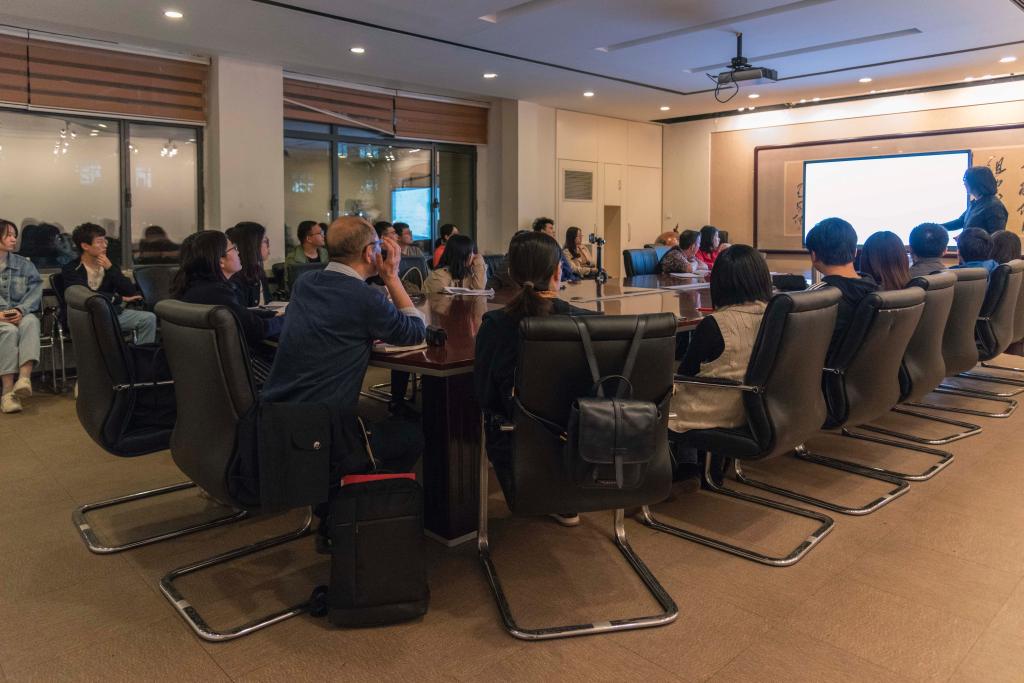
Day 1
On April 16, all the teachers and students participating in the workshop held a brief yet formal opening ceremony at the School of Architecture, Tianjin University. Jean François DOULET, Commissioner of the Cultural and Educational Cooperation Department of the French Embassy in China, Laurent GOUYOU BEAUCHAMPS, the professor of ENSAP Bx, Yuhang Kong, Executive Vice Dean of the School of Architecture, and Chunyan Zhang,Vice Dean of the School of Architecture attended the ceremony and delivered speeches, affirming the excellent achievements of CIEPT program, which promoted the Sino-French architectural landscape education exchanges over the years, and wishing the workshop a complete success.

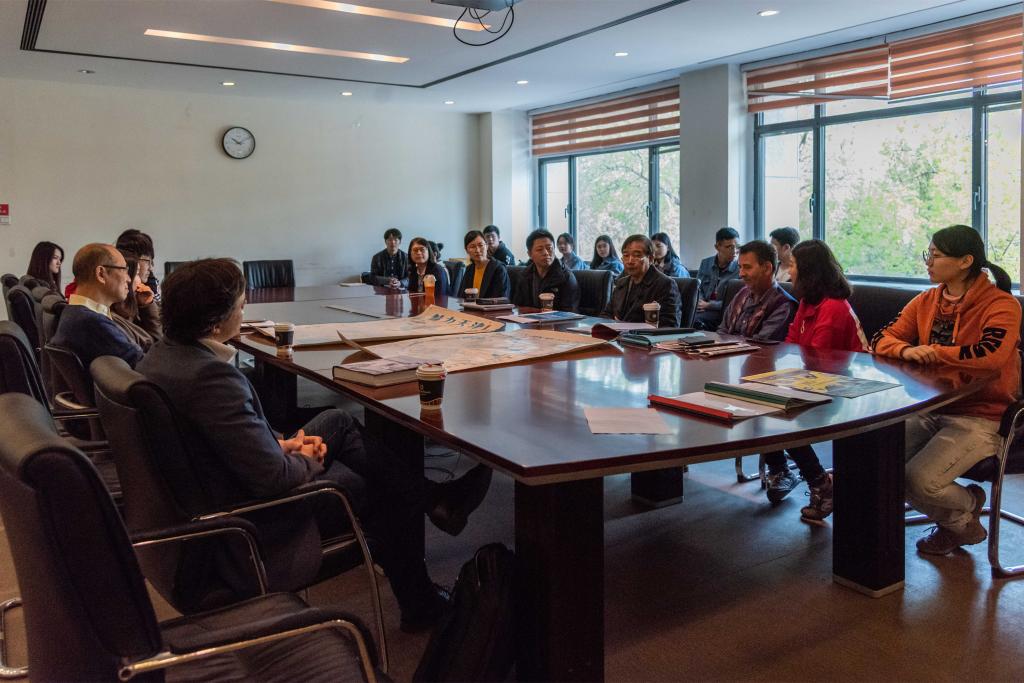

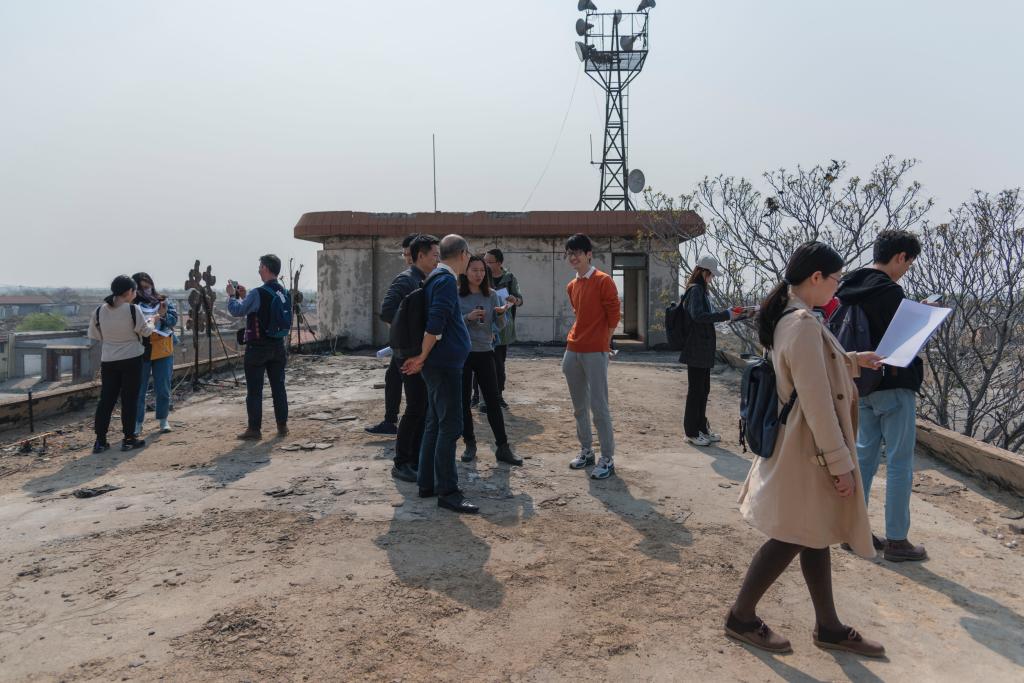
After the ceremony, the teachers and students went to Dahanzhuang for on-site reconnaissance right away. The students of architecture, landscape, urban planning and environmental design were mixed and organized in groups. Accompanied and guided by local government staff, we had a thorough understanding of the current situation of village demolition and the memory heritage still left on the site. At the same time, the students also explored the natural and agricultural landscape on a larger scale around the village, and established a preliminary imagery perception of the landscape atmosphere of the site through observation, communication, photography and hand drawing.
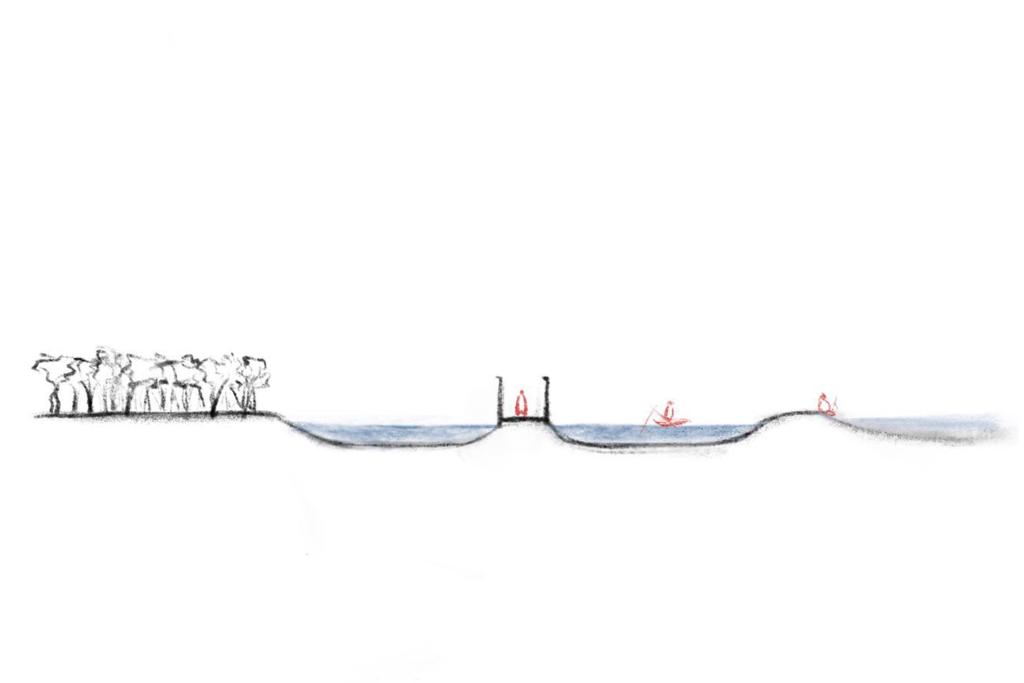



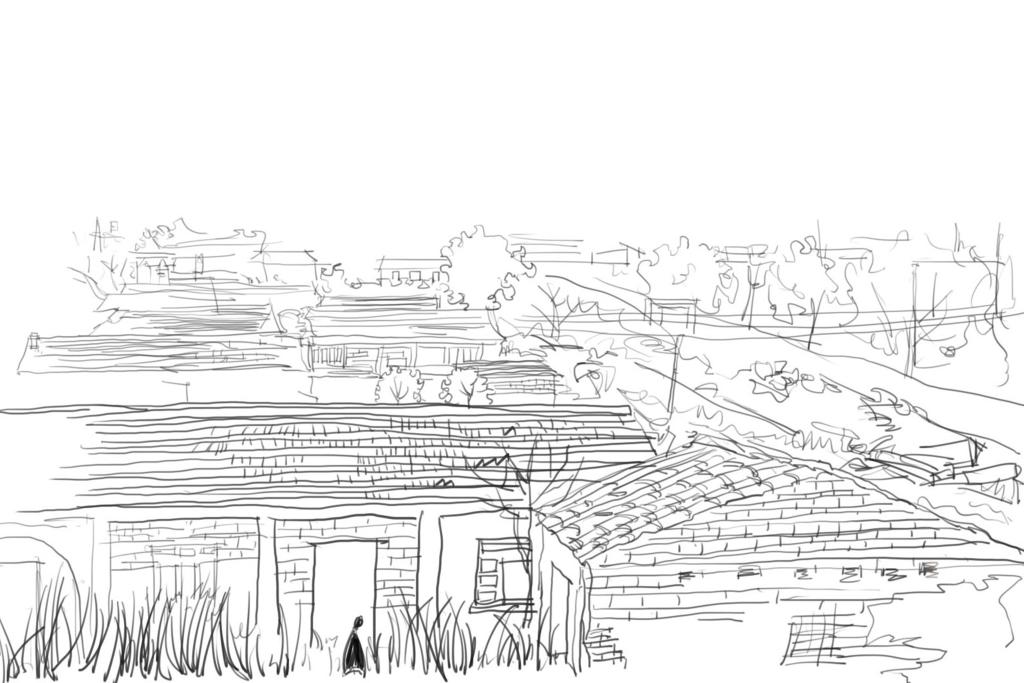
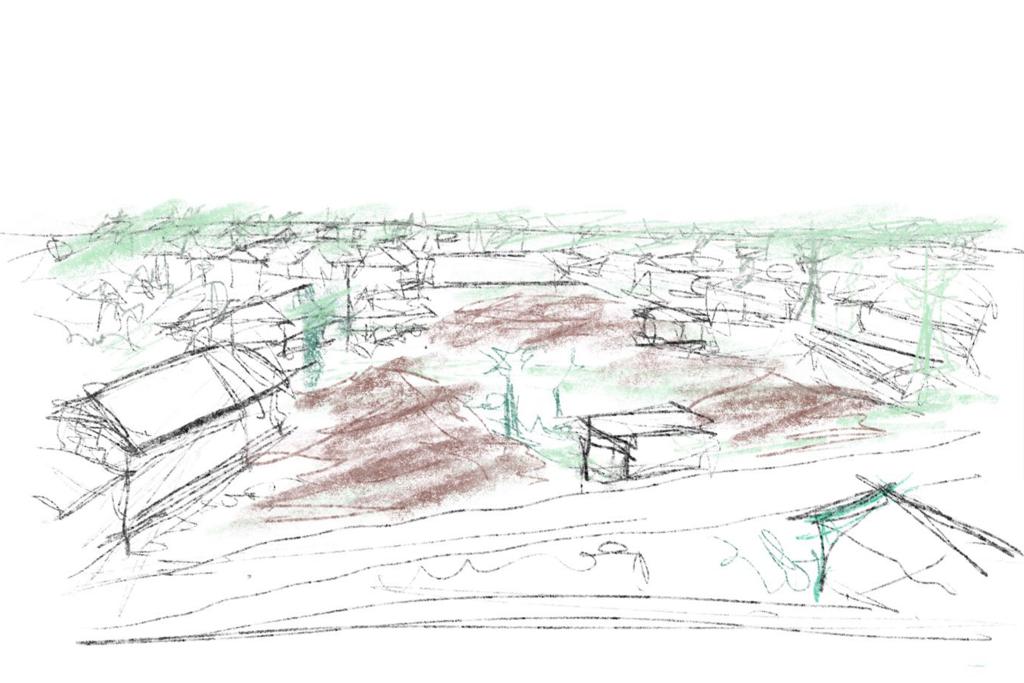
Day 2
On April 17, teachers and students gathered at the Container of the School of Architecture, and started work officially. From the abstract maps of Bordeaux and Tianjin he drew, Mr. Laurent showed the method to quickly grasp the geographical and landscape structure of the site starting from the map. Then the students used this method to carry out the perception practice of the geography of Tianjin, and showed how their emotional connection to Tianjin was reflected on the abstract map through drawing.
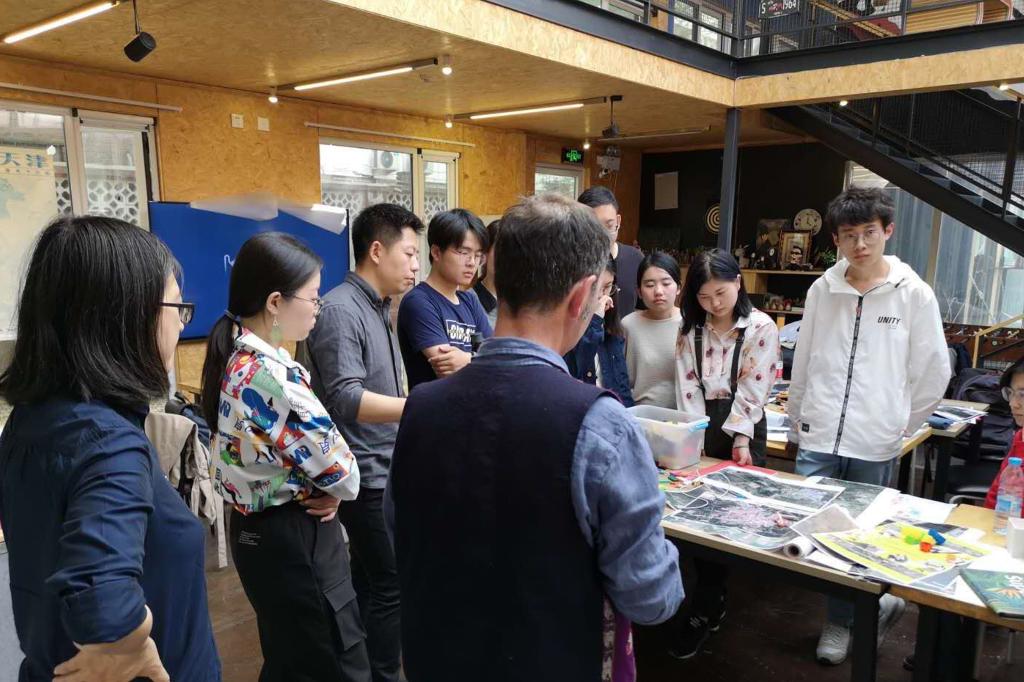

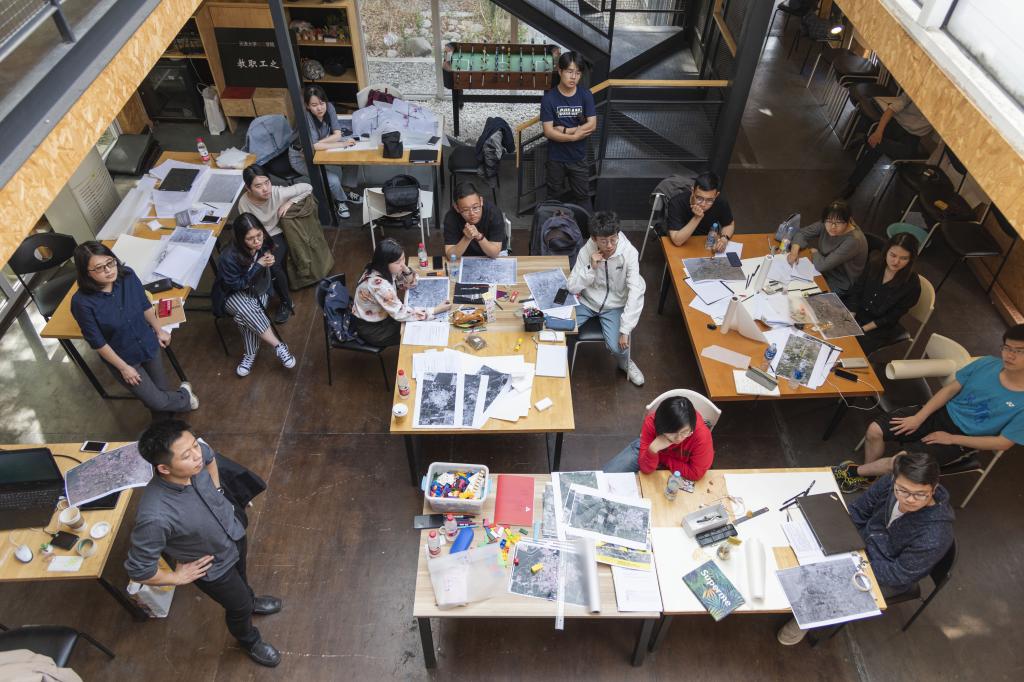

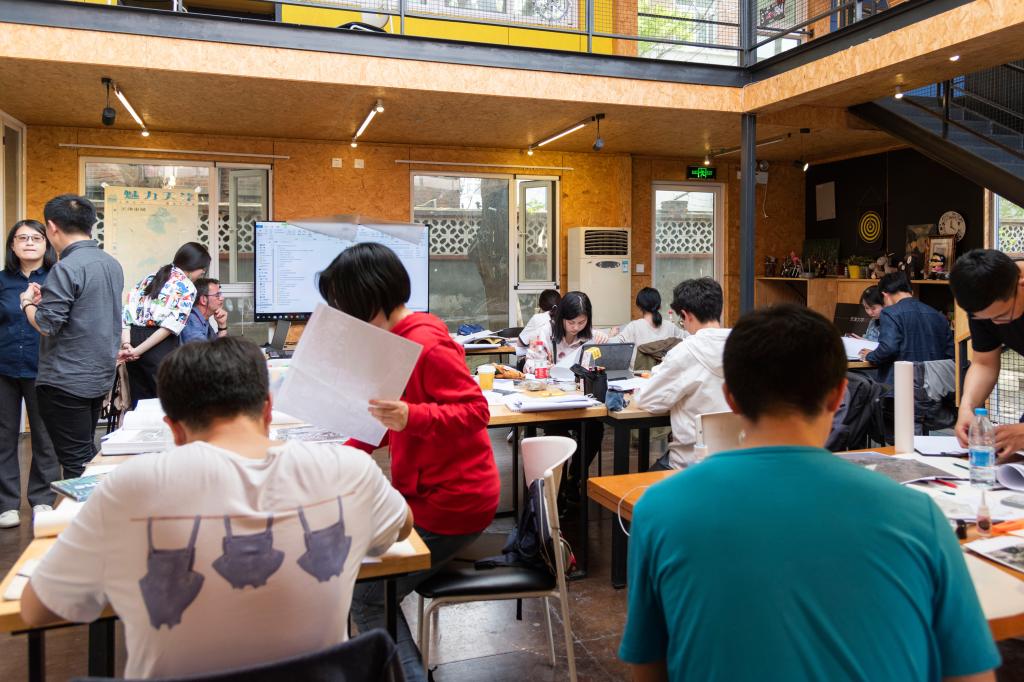
In the afternoon, the teacher led students to do the same map abstraction exercise of on the scale of Da Han Zhuang and its surrounding areas. The students quickly grasp the key elements of the site in an intuitive way, laying a good foundation for the follow-up plan.
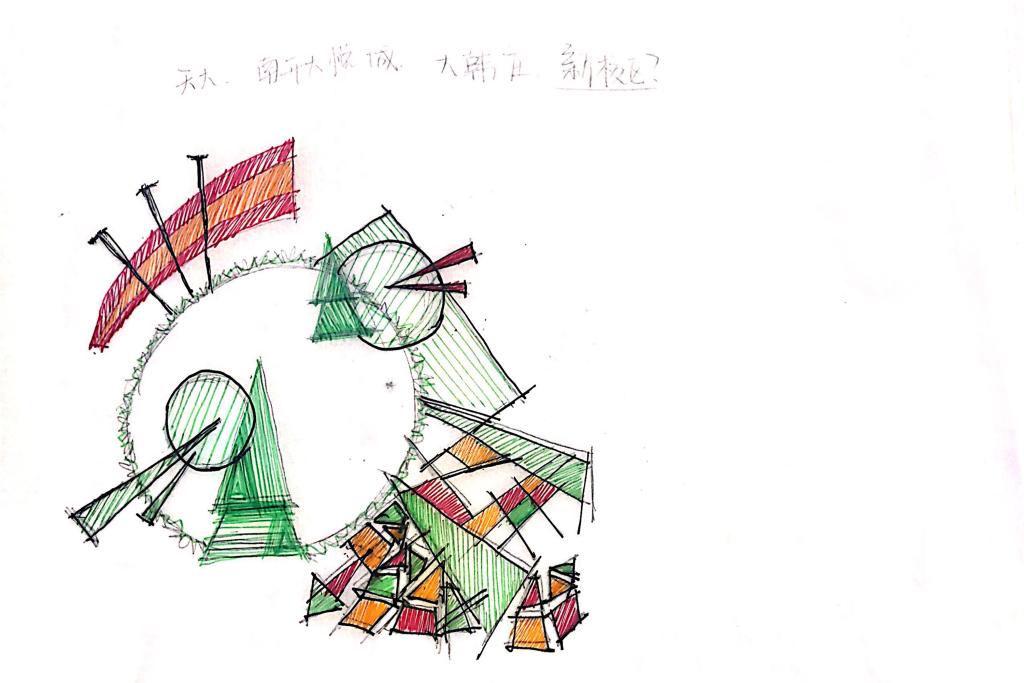
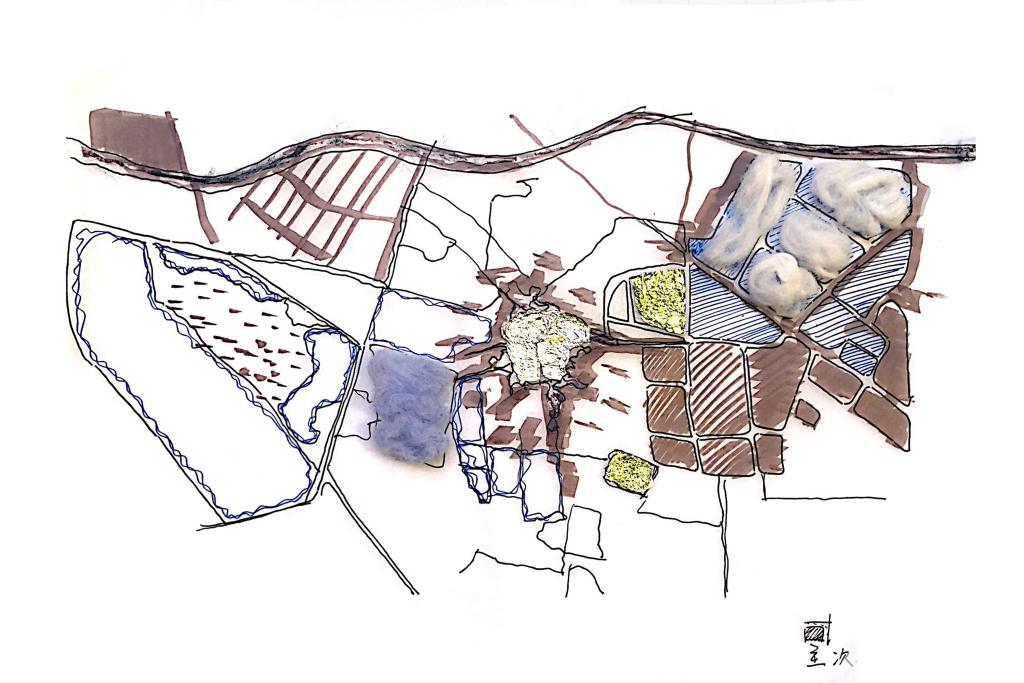
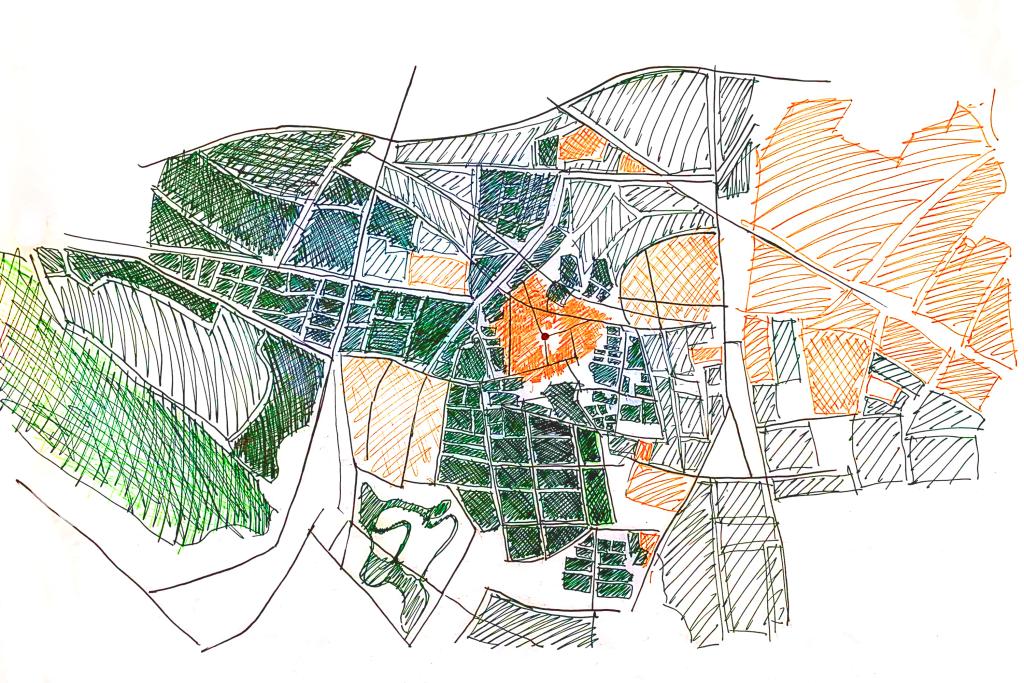
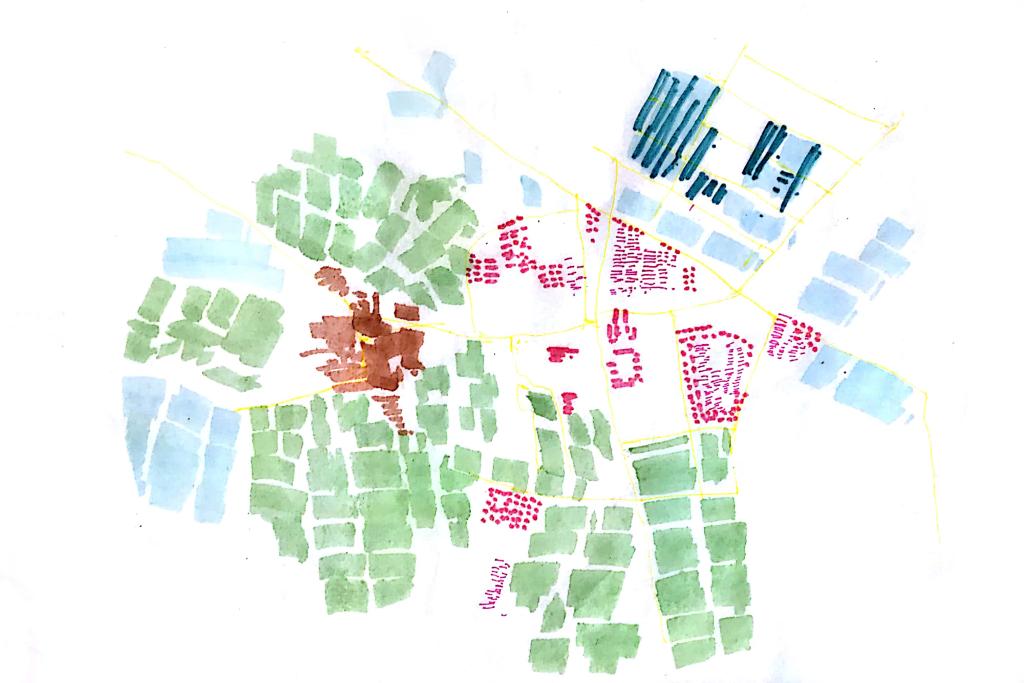

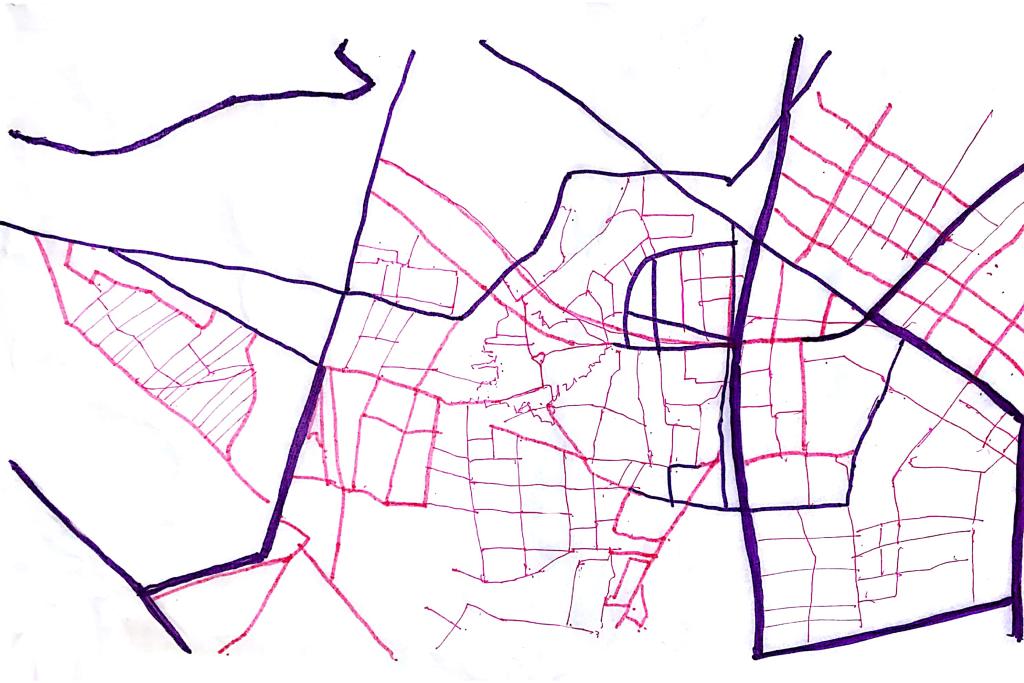
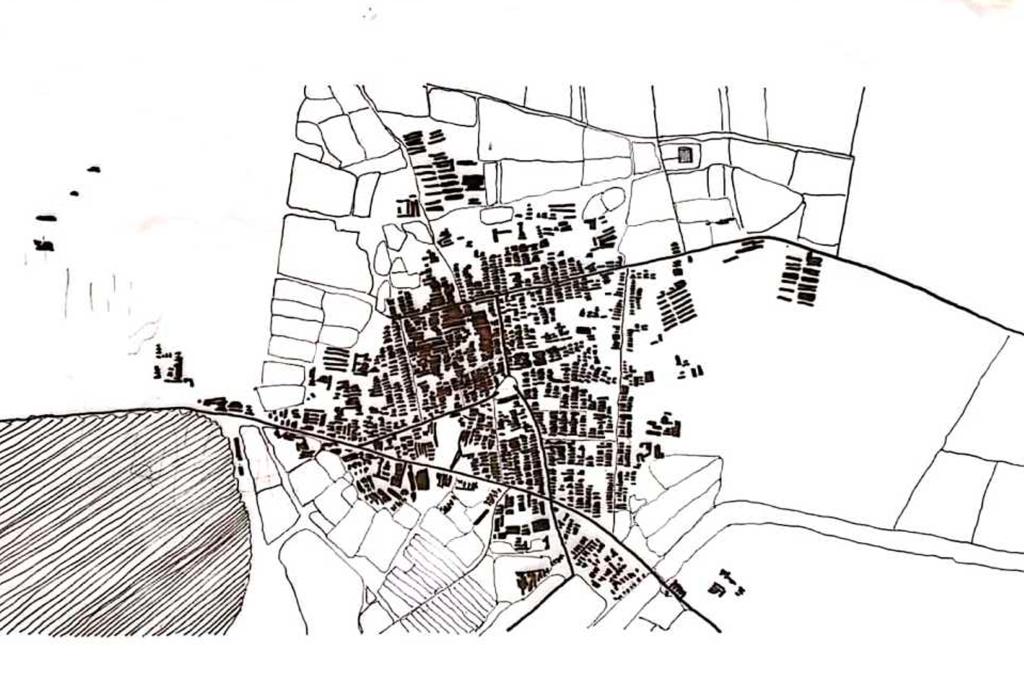
Day 3
On the morning of April 18, the students gave their first presentations on site perception. This presentation was mainly based on the perceptual knowledge of the site. Through the combination of photos and hand drawing, the students described the landscape and heritage elements on the site that left their deepest impression, and put forward valuable questions on the current situation of the site, providing possible directions for their projects.

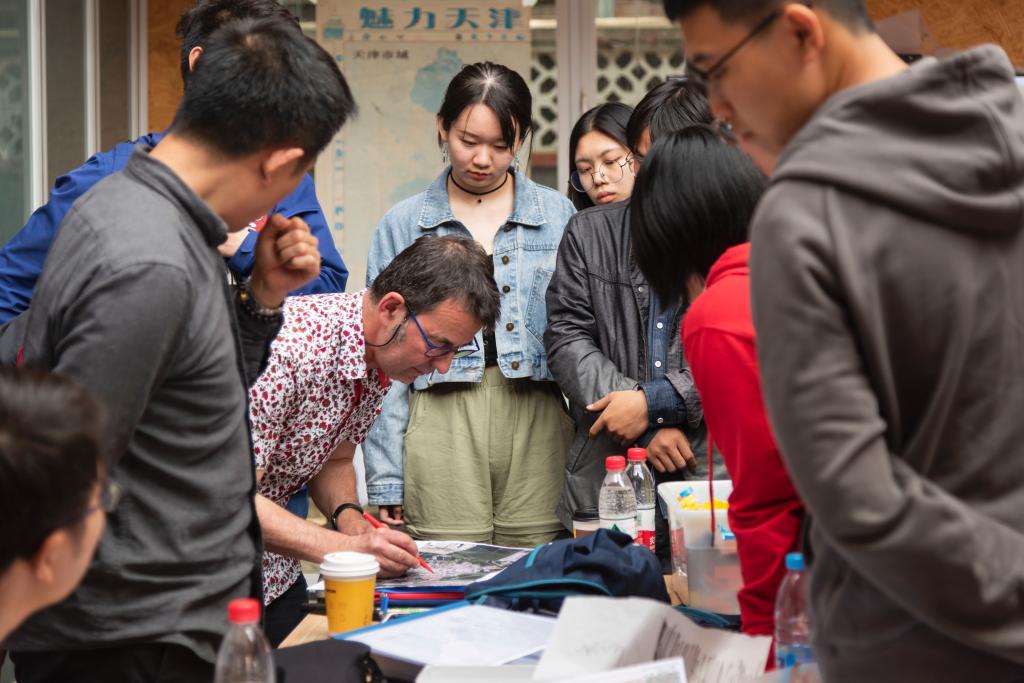

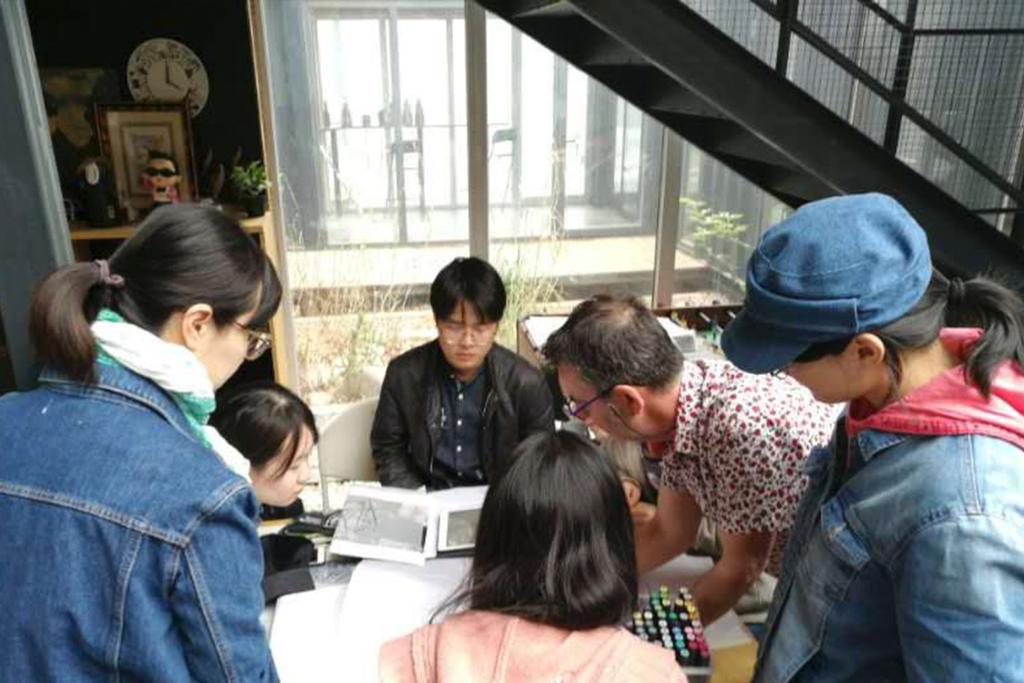
On the afternoon of April 18, Laurent shared his views on Wang Shu's and Lu wenyu's architectural landscape theories, focusing on the issue of what is a humble landscape architectural attitude that is respectful for the site. Later, Laurent led the students back to the site, and began to guide the students to select the questions that they thought were most worthy to response, and initially form the directions of the projects.

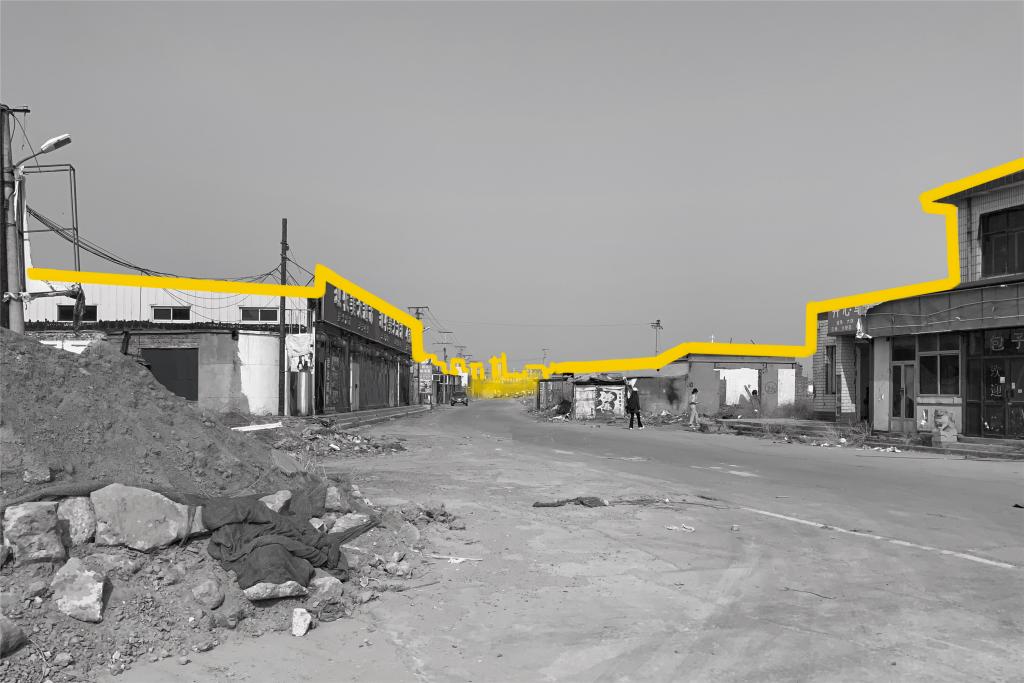

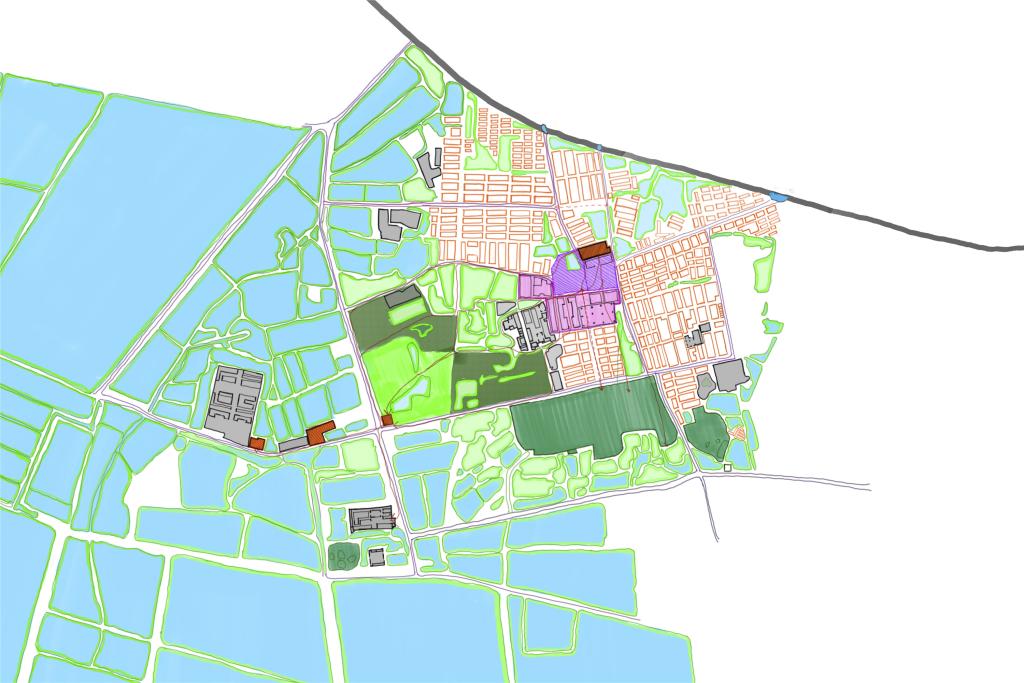

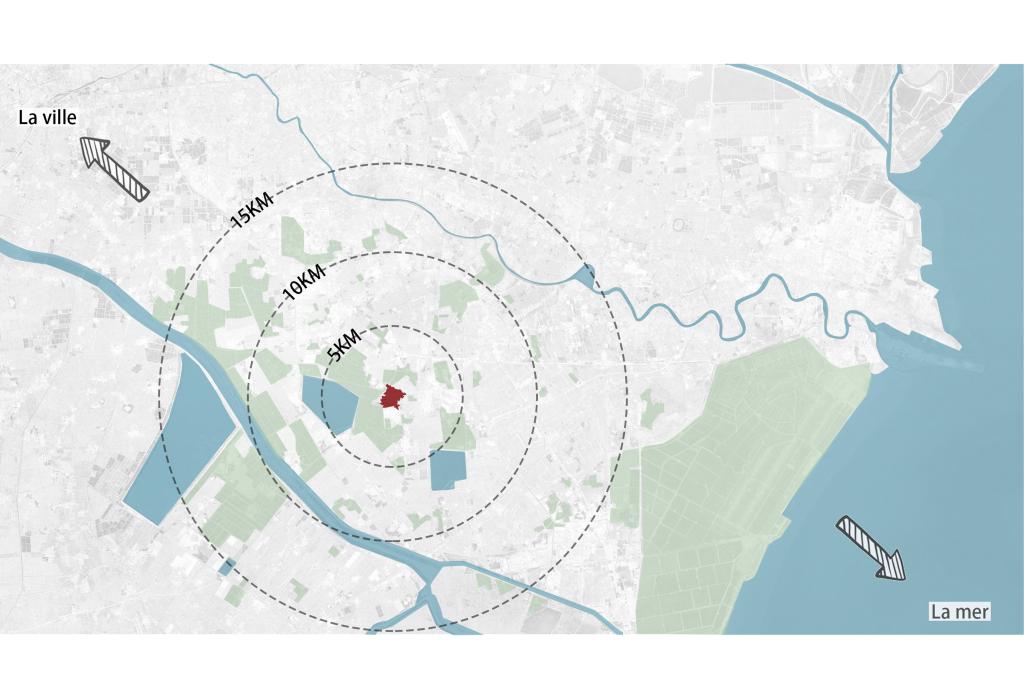
Day 4
On April 19, all groups began to further deepen the projects on the blocks they selected and the issues they were interested in. In the process of advancing their programs, students adopted a variety of working methods such as manual models, photo collages, hand-drawed perspectives, plans and sections. In the heated discussions between teachers and students, the importance of perceptual cognitive mode, which based on landscape thinking, has gradually been accepted by students. Under the guidance of teachers, students kept verifying whether their projects expectations were in line with the site itself.


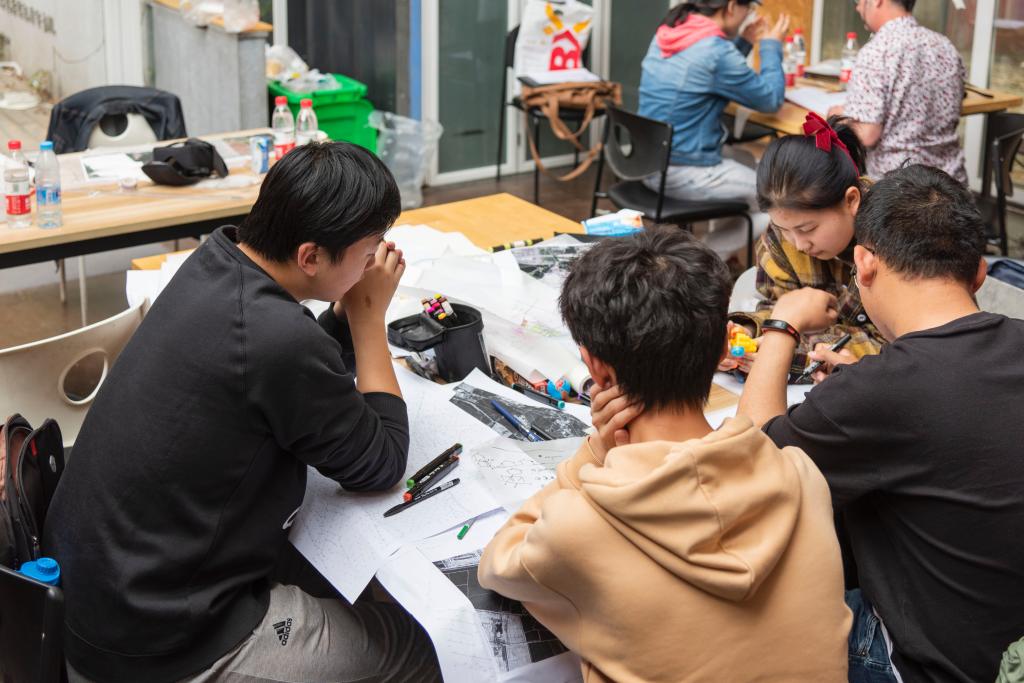





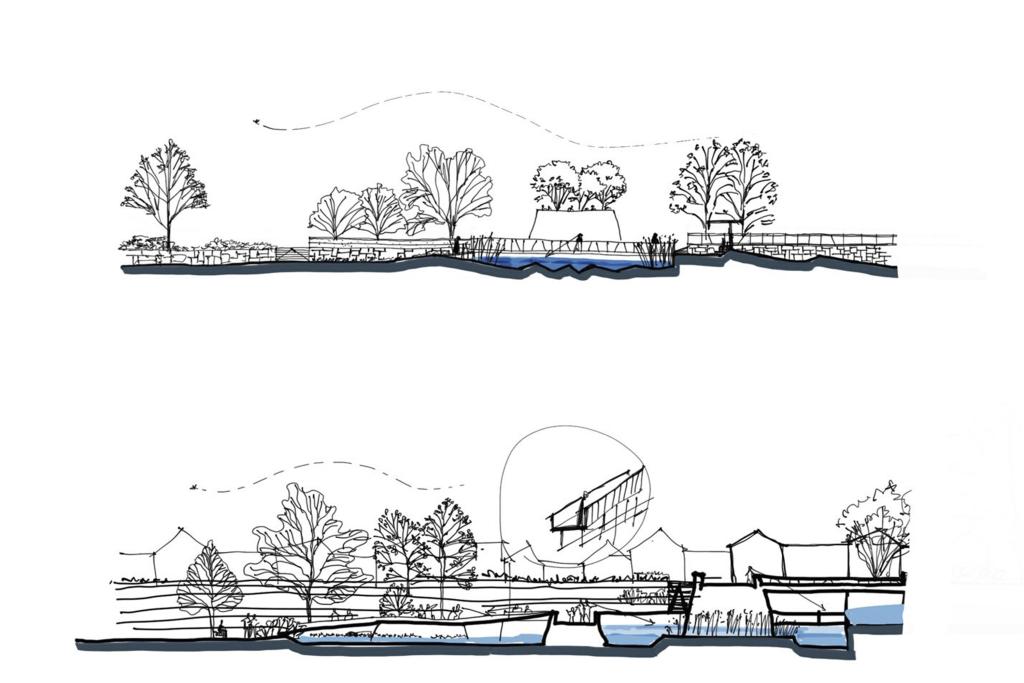


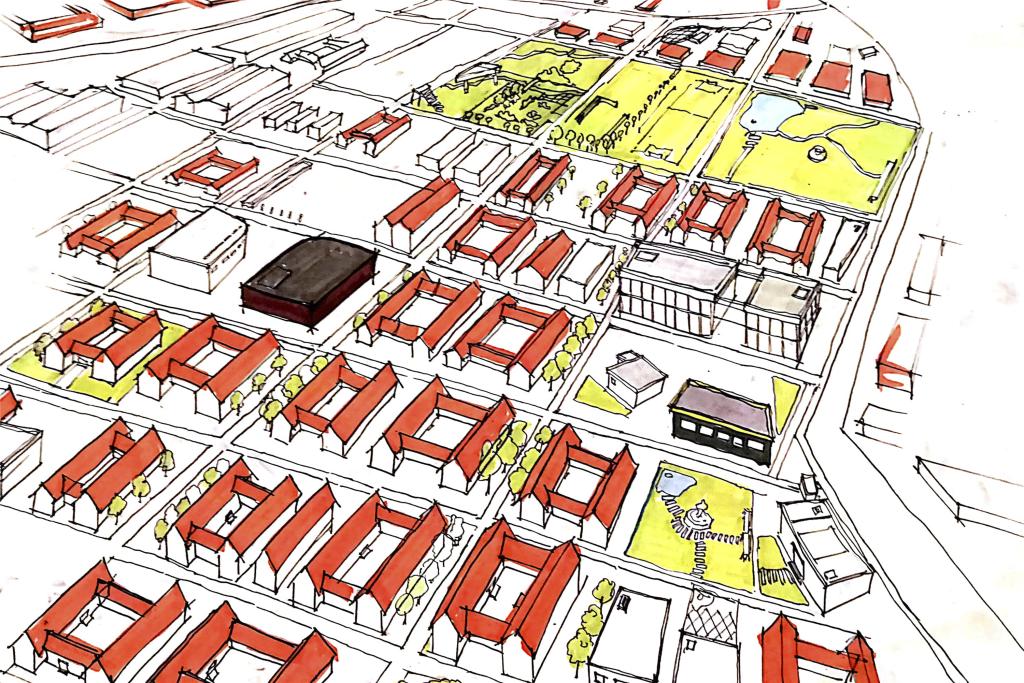
Day 5 - Day 6
From April 20 to 21, teachers continued to guide the students to complete their projects and draw the final drawings in the container. Even in the difficult situation of power failure, the students still put high enthusiasm and efforts into study.

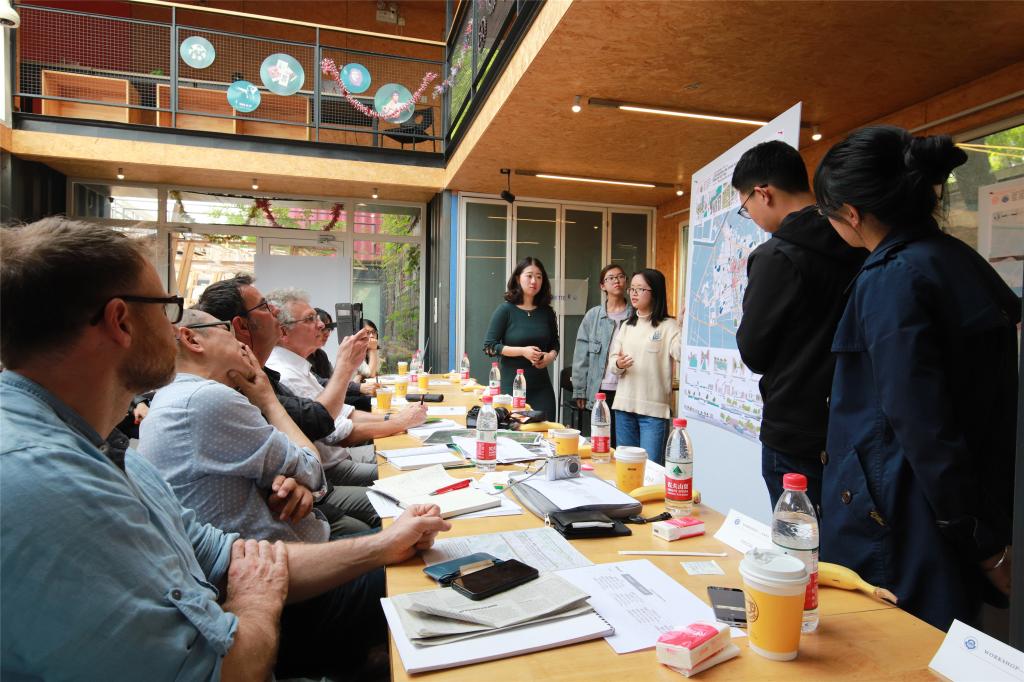

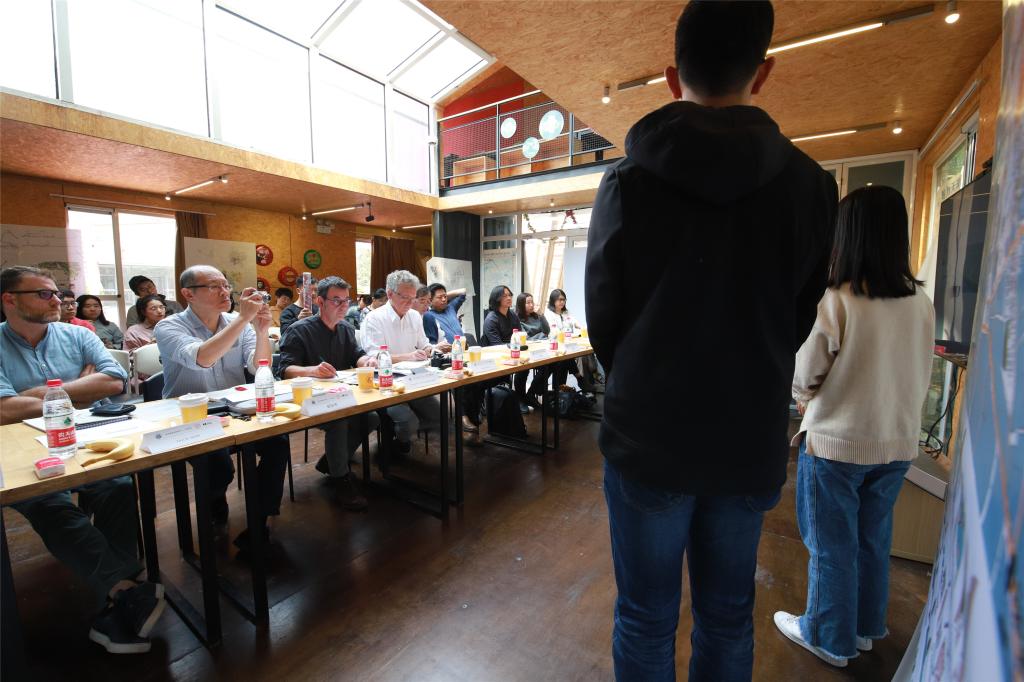

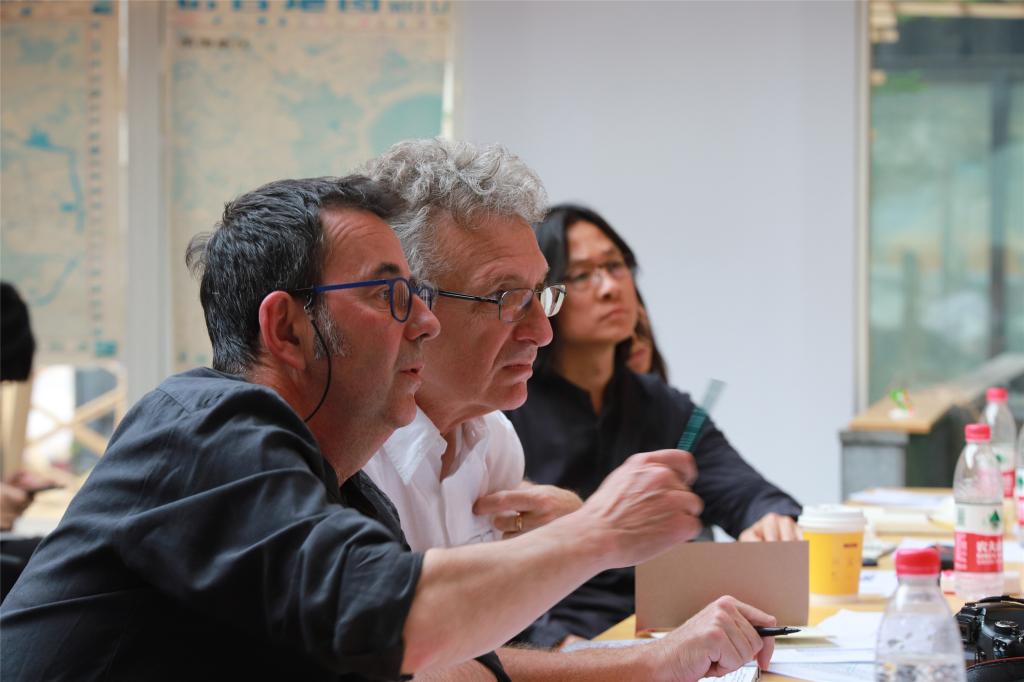
Day 7 Final Review
On April 22nd, the workshop held the final review in the container at the School of Architecture. Yuhang Kong, the Executive Vice Dean of the School of Architecture, and the whole teacher team of the workshop, formed a strong panel of critics. The students were divided into six groups and gave presentations on their site cognitive analysis and final projects. Teachers approved students' understanding of the site and the starting points of their projects, appreciated different territory transformation strategies formed in their projects, as well as pointed out the lack of continuity in logic of some students' projects. The students and teachers had a six-hour exchange during the review, which benefited the students a lot. In the end, on behalf of ENSAP Bx, teacher Bernard expressed his recognition of results of the workshop and his gratitude for the organization of our School.
Epilogue
On April 23, Professor Bernard BRUNET gave a lecture entitled "Landscape Thinking and Design Methods" in the lecture hall at the School of Architecture, Tianjin University. Starting from ancient Egypt, he walked us through the history and evolution of western landscape theories, especially focusing on how landscape perspectives were influenced by social changes and ideological trends of art. Later, he proposed the question about how the contemporary landscape thinking should find its own position, while the modernist cities still occupy the right to speak nowadays. Students enthusiastically posed questions and had in-depth exchanges with Bernard on issues such as heritage, development, sustainability and ecology.
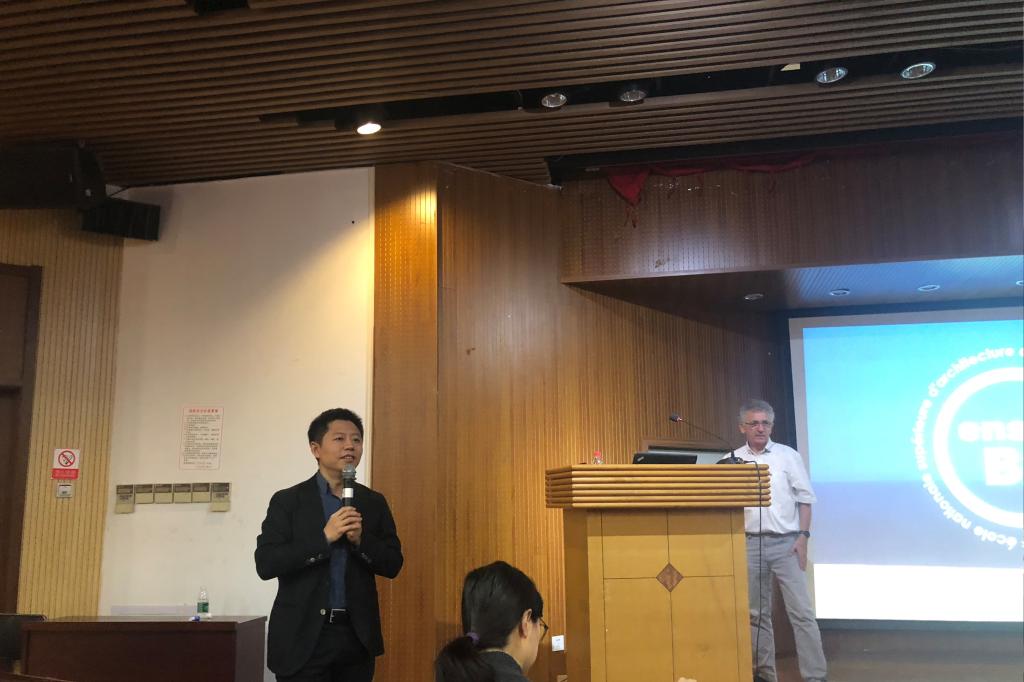
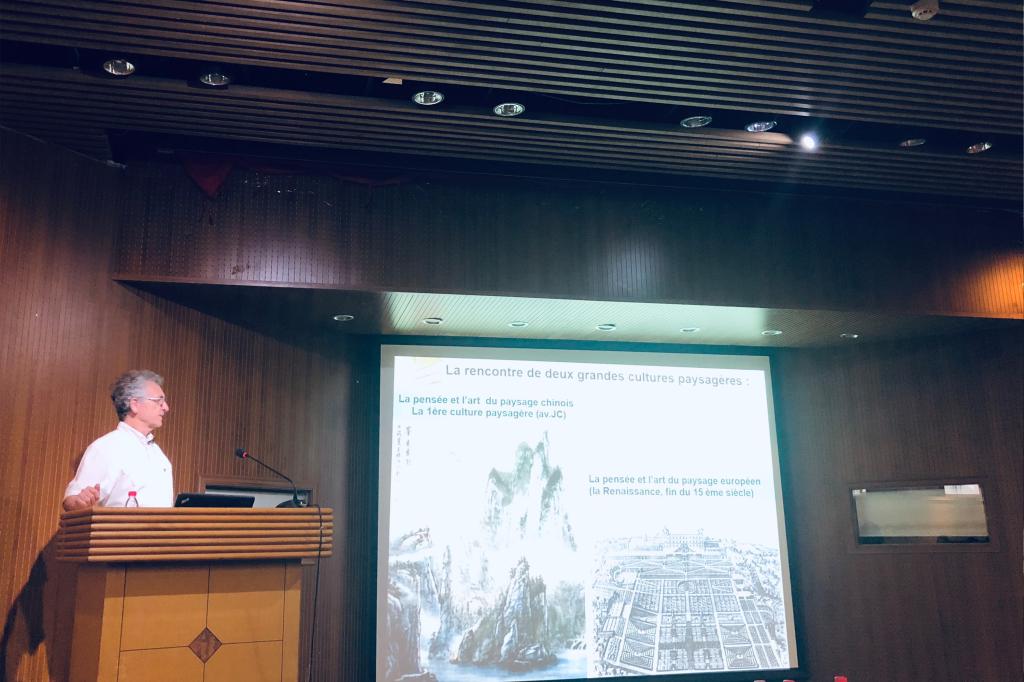
After the lecture, the Sino-French teacher team held a symposium to summarize the achievements of the workshop, and to put forward the prospect of future academic exchanges.
Hereto the workshop has achieved a complete success
Thank you for the full support of teachers and students from our school !
Thank you for the hard work and excellent achievements devoted by the teachers and students!
Let’s meet in the workshop next year!
